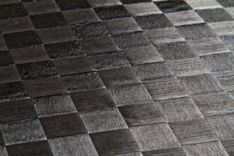More and more often you hear how bike race XY or record Z was won/broken with the help of 3D printed parts. We have seen everything from custom aerobars to completely 3D printed bikes. And sometimes it can simply be a custom 3D printed spacer.
Of course, 3D printing doesn't just make sense for the fastest riders on our planet, custom bike builders also use the technology, as we were able to marvel at Rob Quirks bikes at the BESPOKED trade fair in Dresden.
At the beginning of the year I got the chance to work with the Czech company POSEDLA. They produce custom 3D printed bicycle saddles. A really great idea:
A custom-made product that offers a real advantage for the consumer and uses this technology intelligently and makes it accessible to the general public.
...well 490€ is a price that leaves a rather small target group, on the other hand not that much more expensive than Specialised and Fizik with their mass-produced 3D printed saddles.

Whilst testing the saddle I wondered more if this is the end of the possibilities. Are we just at the beginning of what's possible with 3D printing? Is the saddle even a good idea from an expert's point of view?
I met up with my friend and 3D printing professional, Stefan Jindra.
With his company 3D Fox , he primarily advises companies on how to use 3D printing successfully, but let him tell you about it himself...
Stefan what makes you an expert in 3D printing and how does it actually work?
3D printing is only one part of what we do. I'm actually an expert in additive manufacturing.
What makes an expert in 3D printing? I would say it's a person with extensive knowledge and experience in various aspects of the technology, including materials, machines, design software and manufacturing processes.
3D printing, or additive manufacturing in general, is a very broad field. A very large part is software to design the parts with CAD programmes or 3D scanner applications and co. and the development of the machines and production, material scientists and someone has to operate the machines as an operator.
So your question is quite broad and there is certainly no specialist who can cover everything. Neither can I, but we have a good network and can advise customers comprehensively with our partners.
In a nutshell: to become an expert in additive manufacturing, you have to familiarise yourself intensively with the technology and its applications. And that's what we do here every day.
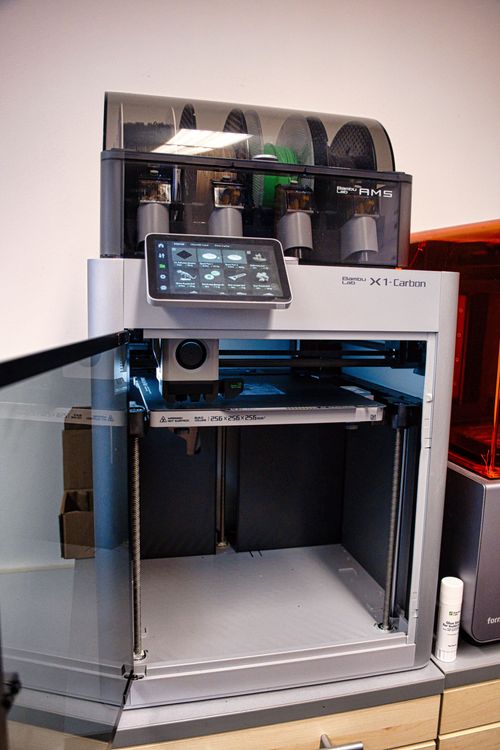
What does your company 3D-Fox offer? What fascinates you about 3D printing?
I am fascinated by the fact that with 3D printing you can create materials from nothing. With CNC machining, for example, material is removed from a large block, but here you can create any product with a large selection of materials.
I got into the subject by chance, but the enthusiasm has never left me since.
3D Fox is the first company in Austria to offer manufacturer-independent consulting in the field of additive manufacturing. We support our customers in all aspects of 3D printing, from purchasing advice to customised training to promote the understanding and use of 3D printing technologies.
We also focus on the creation of prototypes, customised parts and small batch production. In addition, we offer 3D modelling services to support customers in the creation of 3D models.
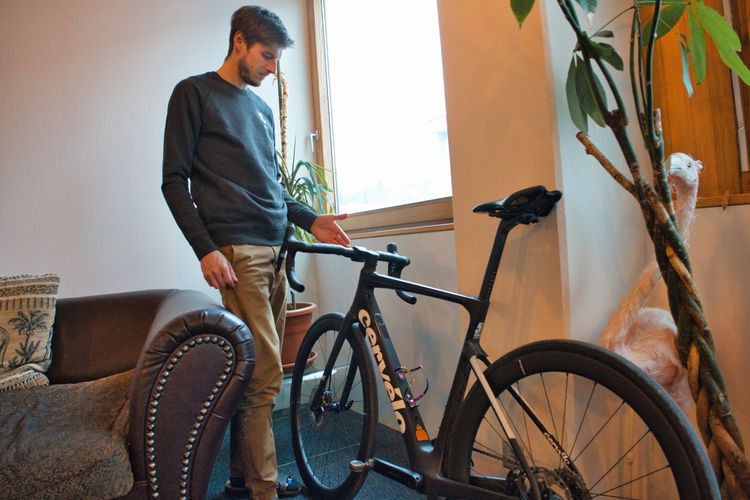
What kind of materials can be 3D printed and up to what size does it work? Does it stop at saddles and custom spacers or does it go infinitely large?
In addition to the most common materials such as plastic and metal, materials such as ceramic, sand, glass and silicone can now also be 3D printed. Here is some information on the more exotic materials:
Sand: Sand can be used to 3D print sand moulds and cores, which can then be used for the casting process of metal parts. The maximum size that can be printed depends on the size of the printer and the desired size of the sand moulds. Typically, sand moulds up to one cubic metre or more can be printed.
Metal: 3D printing processes such as Selective Laser Melting (SLM) and Electron Beam Melting (EBM) can be used for the production of complex metallic parts. The maximum size that can be printed depends on the size of the printer and the availability of metal powder. Typically, metal parts up to 500 mm x 500 mm x 500 mm or more can be printed.
Ceramics: Ceramics can be used to 3D print ceramic parts and moulds, which can then be used for the casting process of metal parts. The maximum size that can be printed depends on the size of the printer and the desired size of the ceramic moulds. Typically, ceramic parts can be printed up to 300 mm x 300 mm x 300 mm.
As you can see there are many possibilities here and the size is also variable and allows us to produce very large parts.
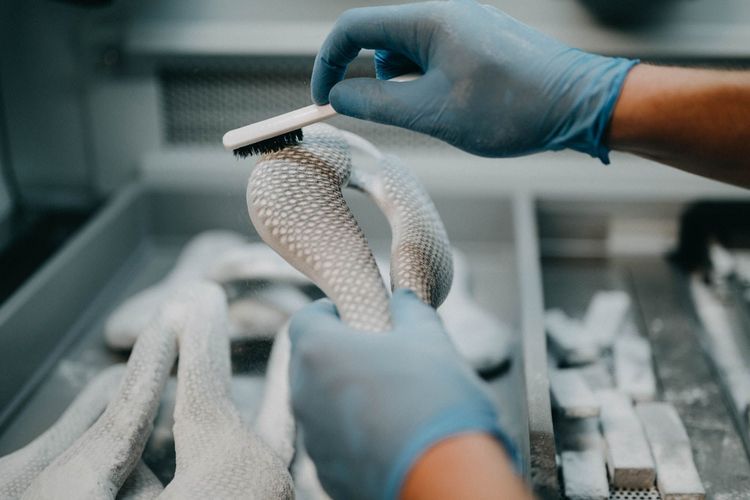
What is the process from idea to printed part?
The process from the idea to the finished printed part can vary depending on the project and technology, but in general there are a few steps that recur in many 3D printing projects:
Idea and conceptualisation: In this step, the idea for the part to be printed is developed and converted into a digital model. CAD software or a 3D scanner can be used here, depending on whether the part is being designed from scratch or based on an existing part.
Preparation of the model: The digital model must be prepared for the printing process. This includes steps such as checking the file for possible errors or problems, generating support structures (if required), and adjusting parameters such as print resolution and material selection.
Printing process: The prepared model is now loaded into the 3D printer and the printing process begins. The material is applied in layers and cured by heating or UV irradiation.
Post-processing: After the printing process, some post-processing steps often need to be carried out to refine or polish the part. This may include steps such as removing support structures, cleaning or sanding the part.
Application of the part: The finished printed part can now be used for its intended purpose.
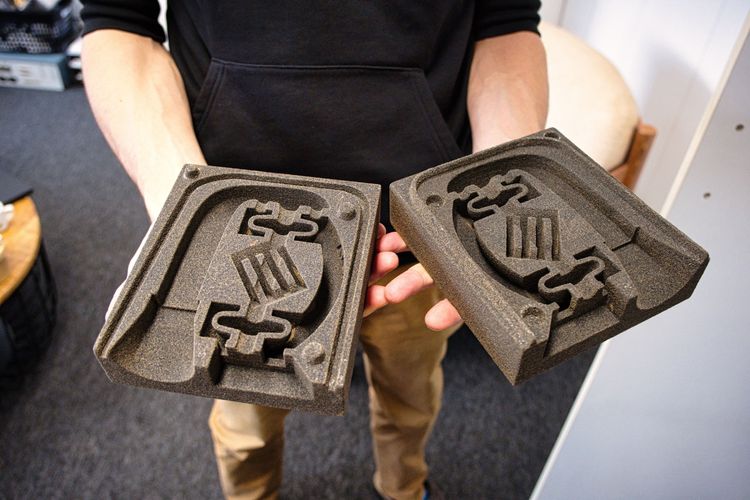
How is it possible to make such a process suitable for mass production?
Does it even make sense? Are there advantages to using 3D printing to manufacture a product that I could manufacture conventionally? (e.g. Specialized and FIZIK 3D printed saddles)
Yes, there can be advantages to making a product with a 3D printing process, even if it could be made conventionally. Some advantages are:
Design freedom: 3D printing processes can produce complex shapes and structures that would be difficult or impossible to realise using conventional manufacturing processes.
Lower costs: 3D printing can be a cost-effective alternative to conventional manufacturing methods for the production of prototypes or small batches. Materials can also be used more efficiently as they are only applied where they are actually needed.
Faster production time: Compared to traditional manufacturing methods, 3D printing can enable faster production time as no tooling or specialised machinery is required and changes to the design can be implemented quickly.
Personalised products: 3D printing processes can be used to produce personalised products in small quantities that are tailored to the customer's individual needs and requirements.
Sustainability: Through the efficient use of materials and the ability to produce parts directly where they are needed, 3D printing can also help reduce waste and transport costs.
However, it is important to note that for some applications, such as the mass production of standard parts, it may still be more economical to use conventional manufacturing processes. Also, the surface quality of 3D printed parts may not always be comparable to that of conventionally manufactured parts.
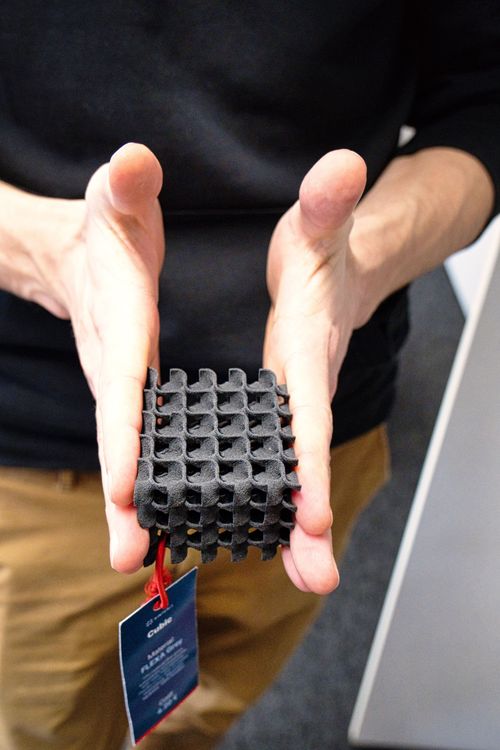
What potential do you see for the bicycle industry in 3D printing technology?
3D printing technology can have great potential for the bicycle industry. Here are some of the benefits that 3D printing can bring to the bicycle industry:
Weight optimisation: 3D printing processes can be used to produce complex geometries that can save weight. This is particularly beneficial in bicycle manufacturing, where every gram of weight saved can contribute to improved performance.
Individualisation: The ability to print customised parts means that bicycles can be adapted to the needs and wishes of the rider. For example, ergonomic grips or customised seat posts can be produced.
Prototyping: 3D printing processes can also be used for the rapid production of prototypes. This allows new designs to be quickly tested and customised before they go into series production.
Repair: 3D printing can also be used for the production of spare parts. This can be particularly beneficial for rare or obsolete parts for which spare parts are no longer available. Incidentally, this is also an area that affects the end consumer and not just the original manufacturer. For consumers, 3D printing offers great opportunities and advantages.
Sustainability: 3D printing of parts can reduce supply chains and transport routes. This can contribute to a reduction in CO2 emissions and thus to sustainability.

Recently Pinarello printed a complete bike frame for Filippo Ganna's hour world record on the track. Can 3D printing bring a revolution to sports products for consumers in the near future?
Yes, it is possible that 3D printing will revolutionise sports products in the near future, including for end consumers. Through 3D printing, products can be customised to individual needs and body measurements, which can lead to better performance and comfort. For example, shoes, saddles, ski goggles and protectors could be customised and produced in a short space of time. This would also provide the opportunity to react quickly to new trends and technologies and bring products to market faster.
Will the price of 3D printed products fall in the near future or will this technology be reserved for premium products?
It is expected that the price of 3D printed products will continue to fall in the near future. The cost of 3D printers, materials and software has already fallen significantly in recent years and the availability of 3D printing services has increased. As the technology becomes more widespread and demand for 3D-printed products increases, costs are expected to fall further.
In addition, 3D printing can also contribute to material and production cost savings as it allows for more precise and efficient manufacturing. This can help to further reduce the prices of 3D-printed products.
Although there will still be more expensive premium options for high-end or specialised applications, 3D printing is expected to become more accessible and affordable for a wider range of applications and products in the near future.
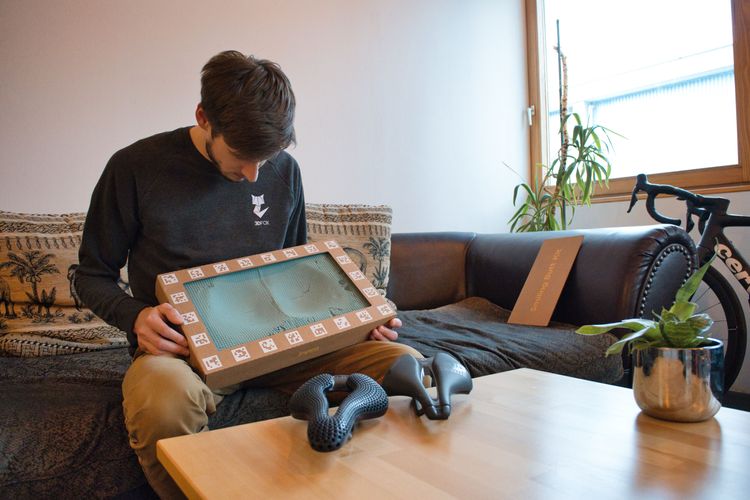
I have brought you a saddle from the Czech company Posedla. This company offers custom 3D printed saddles using a mould of the future owner's butt. While the product is not cheap at €490, it promises a custom-made saddle moulded specifically to the shape of your sit bones.
What do you think of the product from a purely objective point of view? Is the price justified?
This product enables a clear implementation of the concept of "mass customisation", as each saddle is individually adapted to the customer. This concept becomes particularly interesting when a product interacts with the human body.
I think that the product could be particularly interesting for top athletes and people with unusual seat geometry. However, I personally have no experience with the product. I'm sure you can give more feedback on how it works in practice.
I also think that the process for moulding the buttocks is well thought out. However, the question is how noticeable the differences really are for the user.
In principle, I think the price is justified because the saddle also consists of other components, such as the "Smiling Butt Kit" for removing the buttock mould. I would estimate the 3D printing part of the product at €30-€50, but as I said, there are also the other components as well as post-processing and assembly.
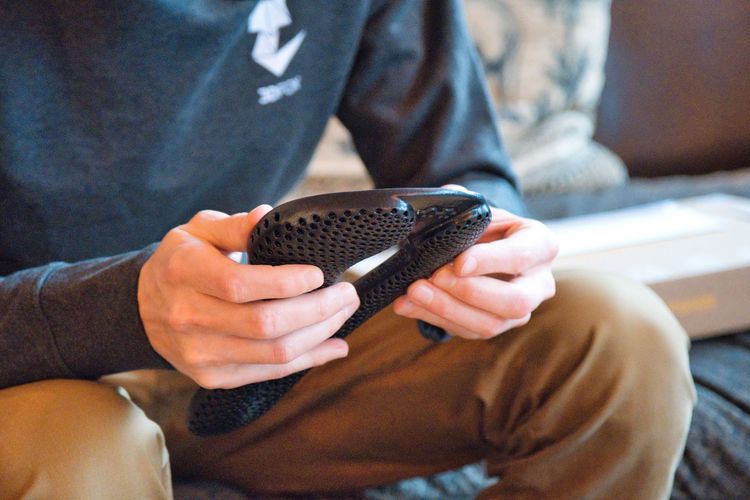
What does the future hold for you and 3D printing?
My goal is to promote the use of 3D printing at a local level by working specifically with companies in the region.
The aim is to prepare companies to use 3D printing effectively to save time and money and become more competitive overall.
As 3D printing will play an important role in many industries, I am already looking forward to the many tasks and challenges that lie ahead of me.
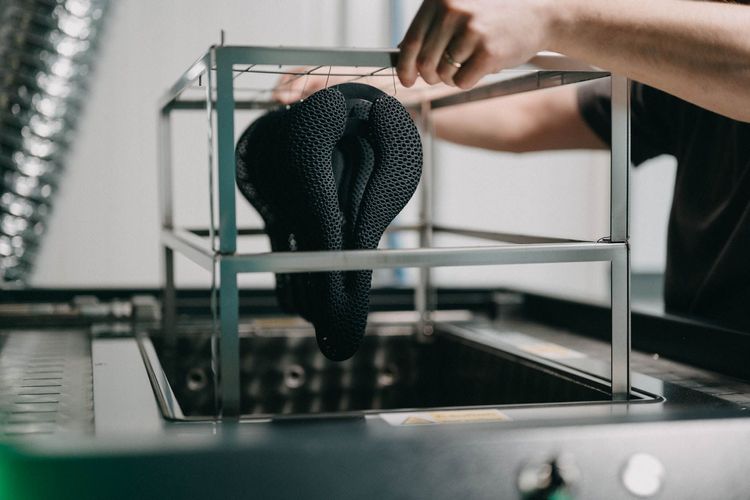
Thank you Stefan for your insight! What do you think? Will we soon be getting our custom 3D printed bikes instead of carbon from the mould? Or do you think 3D printing won't catch on in the bike industry? Let us know and stay tuned for the 2nd part with the real test of the Posedla Joyseat.



